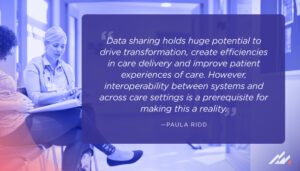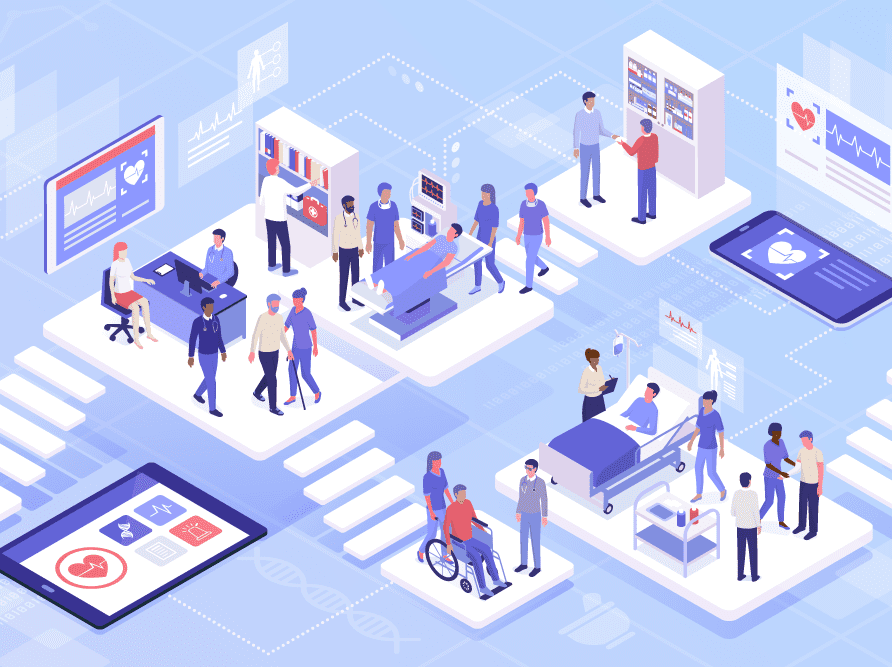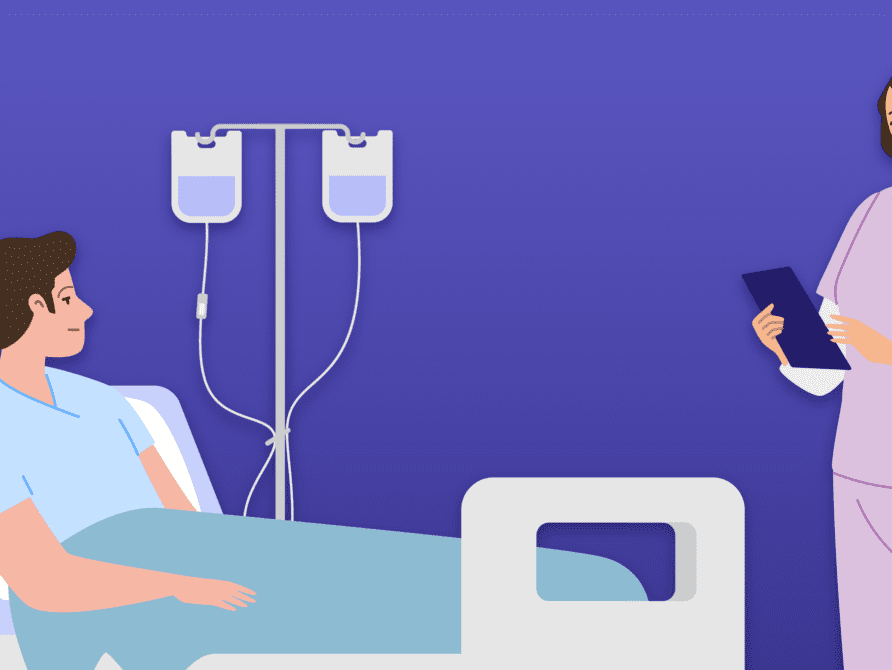Article
Where will technology have the biggest impact for an ICS?
Following several years of locally led development, recommendations of NHS England and passage of the Health and Care Act (2022), 42 Integrated care systems (ICSs) were established across England on a statutory basis on 1 July 2022. As we move into 2023, these partnerships are taking shape and organisations have come together to plan and deliver unified health and care services, and to improve the lives of people who live and work in their area.
 Patient information from disparate sources
Patient information from disparate sources
Technology plays a crucial role in helping ICSs deliver on their digital strategy, but it won’t be an easy road. Each region will have various challenges associated with technical debt and legacy systems that don’t integrate.
The biggest impact technology will have will be in helping ICSs to share information more effectively, providing a full picture of a patient and their care. However, simply deploying the technology will not have the desired effect. Implementation and unification are just as important. Data sharing holds huge potential to drive transformation, create efficiencies in care delivery and improve patient experiences of care. However, interoperability between systems and across care settings is a prerequisite for making this a reality.
We’ve seen examples at organisations like Gloucestershire Hospitals NHS Trust, which is taking a phased approach to its digital transformation. In doing so, it is focusing on the areas that will provide the greatest benefit to patients in the shortest time possible. The introduction of a modular and configurable electronic patient record that could be deployed in phases was transformational for the trust and it is now paying dividends through projects such as its ICS dashboard, which is facilitating faster discharge and joining up processes across the region.
Interoperability is essential if projects like this are to be scaled and used for the whole ICS. There is a lot for us to learn from countries with more digitally mature health systems that are already benefiting from this, such as in Israel, which nationally shares and uses health data.
Integrating clinical data for 8M patients
In Israel, Clalit Health Services is using the dbMotion™ Solution to connect the multiple health systems that service more than 8M people covering primary, secondary and tertiary care. The solution sits above existing organisation-level EPRs to pull information based on search parameters. It compiles a view-only patient record in less than 10 seconds, freeing clinicians to spend more quality time with patients, and reducing unnecessary procedures. It displays the pertinent portions of a patient’s records in a dashboard format showing a composite single view of the disparate source systems whilst maintaining the provenance of each data item, with the ability to drill down into information subject to permissions and privacy regulations.
dbMotion is an interoperability platform that helps ICSs bring together patient data from different healthcare settings into a single patient record that reflects all activity about a patient. Through dbMotion, the data is harmonised regardless of IT supplier, such as an acute hospital, GP practice or community setting.
 Looking to the future
Looking to the future
Crucially, successful use of technology within ICSs will provide an opportunity for patients to receive more streamlined care and improve their health outcomes. An important step will be to ensure that the data and interoperability standards being created for the NHS are extended to all ICS organisations, or data will stay siloed and joined up care will always remain an ambition.
Download the eBook, “Safer, smarter and more efficient care across an ICS” to discover how the right platform can drive success – today and beyond.

 Looking to the future
Looking to the future











